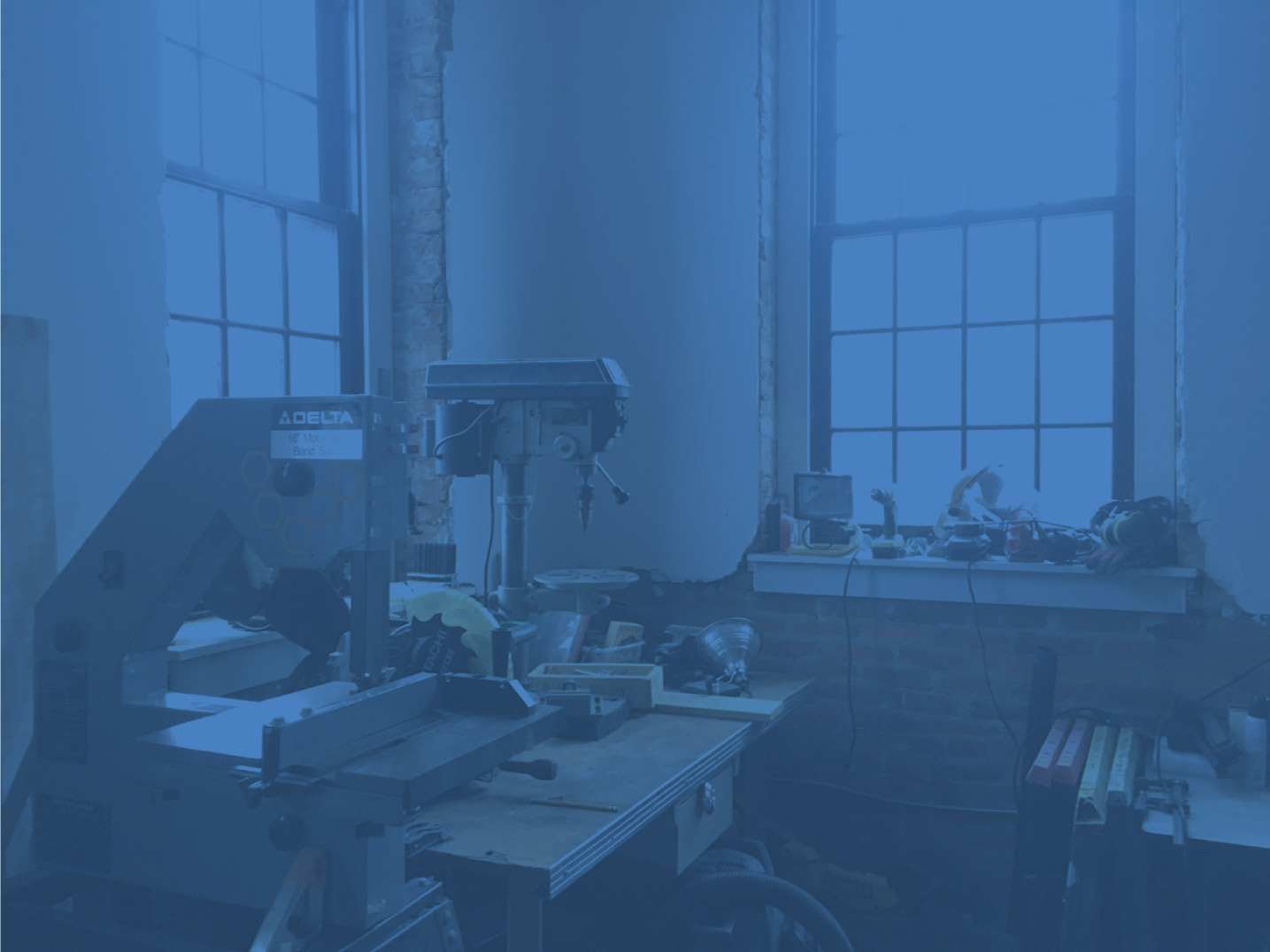For Wednesday’s Open House, we experimented with using simple, house-hold items to etch common, metallic objects. We found that candle wax, melted in a thin layer on the surface to be etched, worked as an excellent resist material. The firmness of the wax helped to keep the scratch lines straight, while the thickness of the paperclip made for a consistent stroke. We also tried acrylic paint as the resist, but it quickly dissolved under the cotton swab. We also tried the ink of a permanent “Sharpie” marker, but that was also easily dissolved under the cotton swab. We had other resist materials available to us, but these were the only ones that were “household” items.
Once the resist is set and the design is scraped out of the resist, the anode (negative terminal) of a 9v battery is attached to a bare metal area of the object, and the cathode (positive terminal) is attached to a cotton swab soaked with very salty (NaCl, common table salt) water. Within a few seconds, the electrolysis process creates a weak hydrochloric acid solution that eats away the steel of the object. After etching to the desired depth, the polarity of the connections can be reversed to oxidize the bare metal, as the now-anode cotton swab will produce oxygen molecules out of the electrolised water.
Here are some photos of our efforts.





In addition to the electro-etching, we also had some fun toys to play with.




And then I just had fun taking photos of stuff.




Stop by next time when we bust out the big guns and… it’s a secret! Come by and find out!

